Hi Joel,
I think keep it simple and just supply (as you have done previous) two yokes of different sizes but with control horns that exit on opposing sides. The end user can then mount these how they like. The only obvious thing is to keep the grub screws orientated forward for ease of adjustment / installation. You only really need reverse one of your existing yokes to make this possible. (Reverse the horn position and grub screws to opposite its current location.)
If people want to do there own independent plane control they would simply need to use a couple of single horns (like the ones you supply for sail plane mechanisms on your Permit kits).
With a boat this size I think most users will be making more hands on use of the forward planes for incremental depth changes than by manual pitch inputs of driving the rear planes. As a matter of fact most guys out here with 72nd scale LAs don't touch their rear planes at all employing a full time leveller on the rear planes to take care of pitch oscillations hanging off a 5 volt rail with no TX input.
The anhedrals down aft are interesting. I know these don't move but having driven X fin subs I think it would be an interesting theoretical experiment to make these move a little in union with a tight turn. I might give this ago, but the bottom line for me will be getting her ballasted right around the COG and CP, and keeping any her weight down.
Best
John
I think keep it simple and just supply (as you have done previous) two yokes of different sizes but with control horns that exit on opposing sides. The end user can then mount these how they like. The only obvious thing is to keep the grub screws orientated forward for ease of adjustment / installation. You only really need reverse one of your existing yokes to make this possible. (Reverse the horn position and grub screws to opposite its current location.)
If people want to do there own independent plane control they would simply need to use a couple of single horns (like the ones you supply for sail plane mechanisms on your Permit kits).
With a boat this size I think most users will be making more hands on use of the forward planes for incremental depth changes than by manual pitch inputs of driving the rear planes. As a matter of fact most guys out here with 72nd scale LAs don't touch their rear planes at all employing a full time leveller on the rear planes to take care of pitch oscillations hanging off a 5 volt rail with no TX input.
The anhedrals down aft are interesting. I know these don't move but having driven X fin subs I think it would be an interesting theoretical experiment to make these move a little in union with a tight turn. I might give this ago, but the bottom line for me will be getting her ballasted right around the COG and CP, and keeping any her weight down.
Best
John


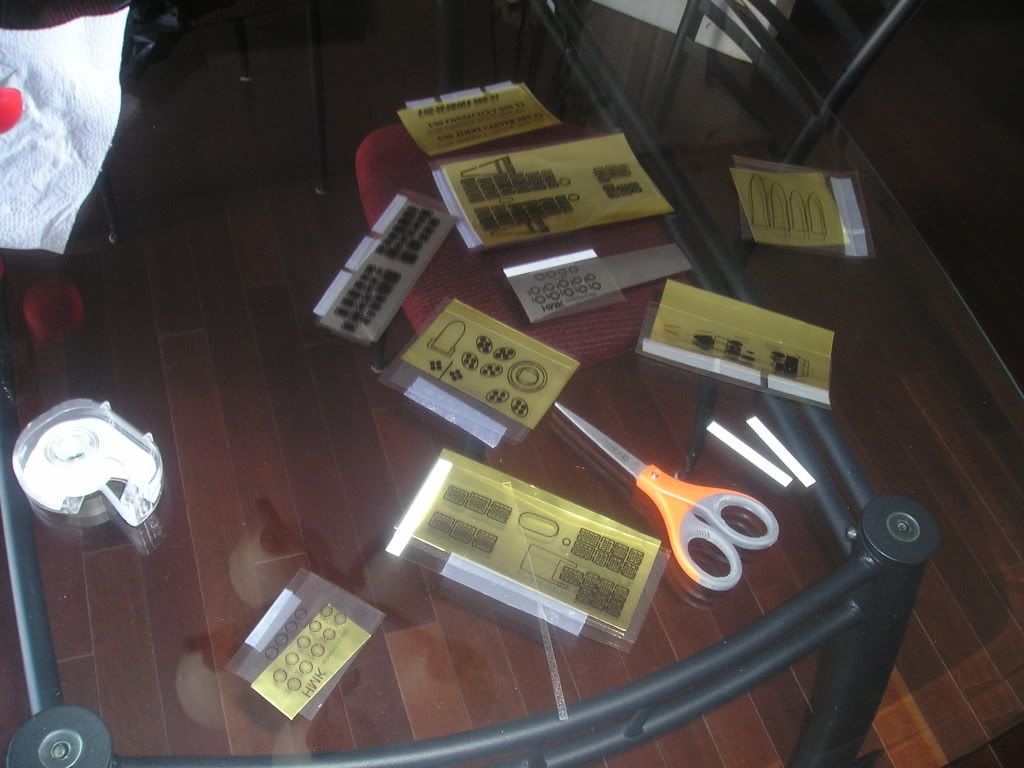
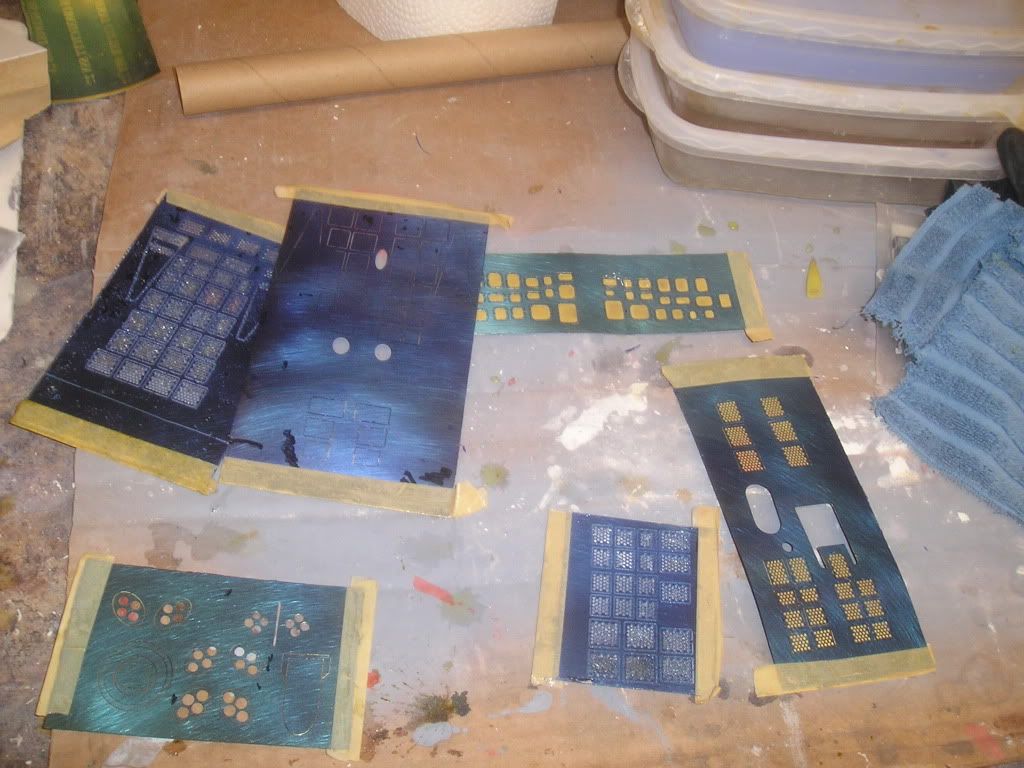
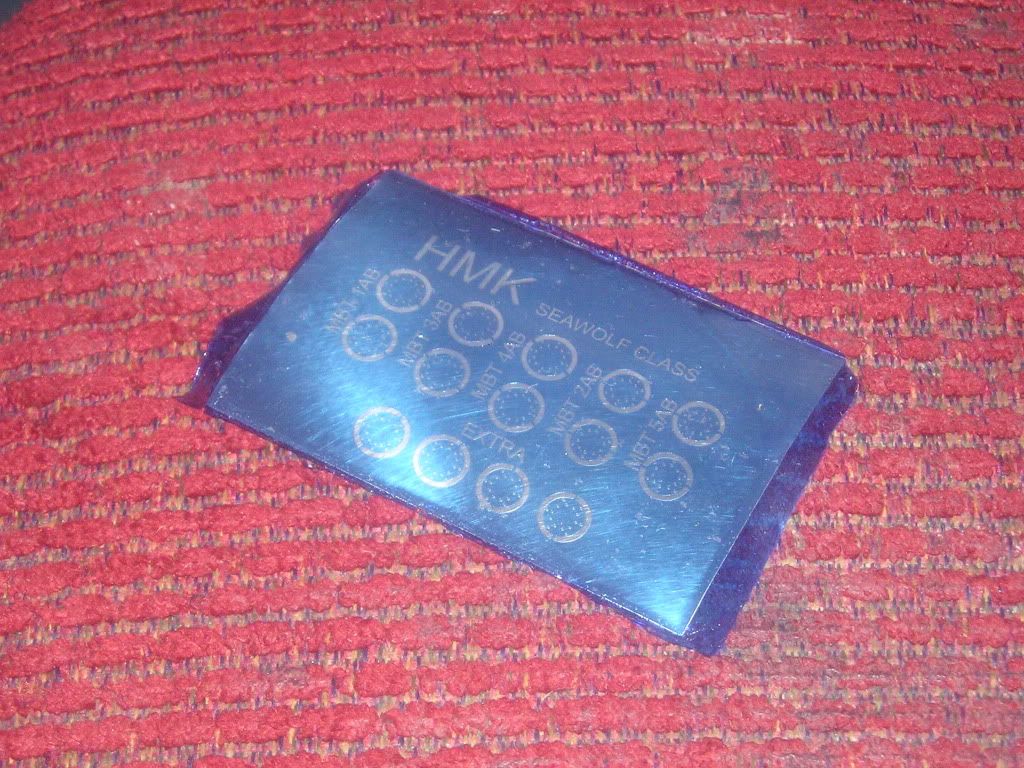
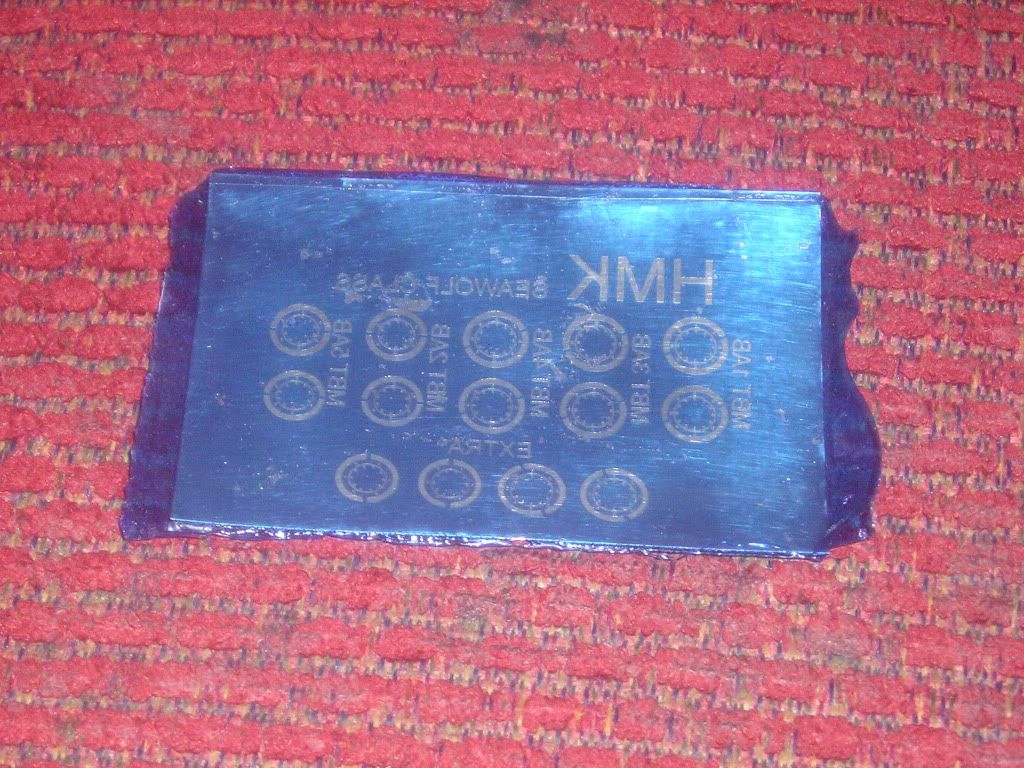
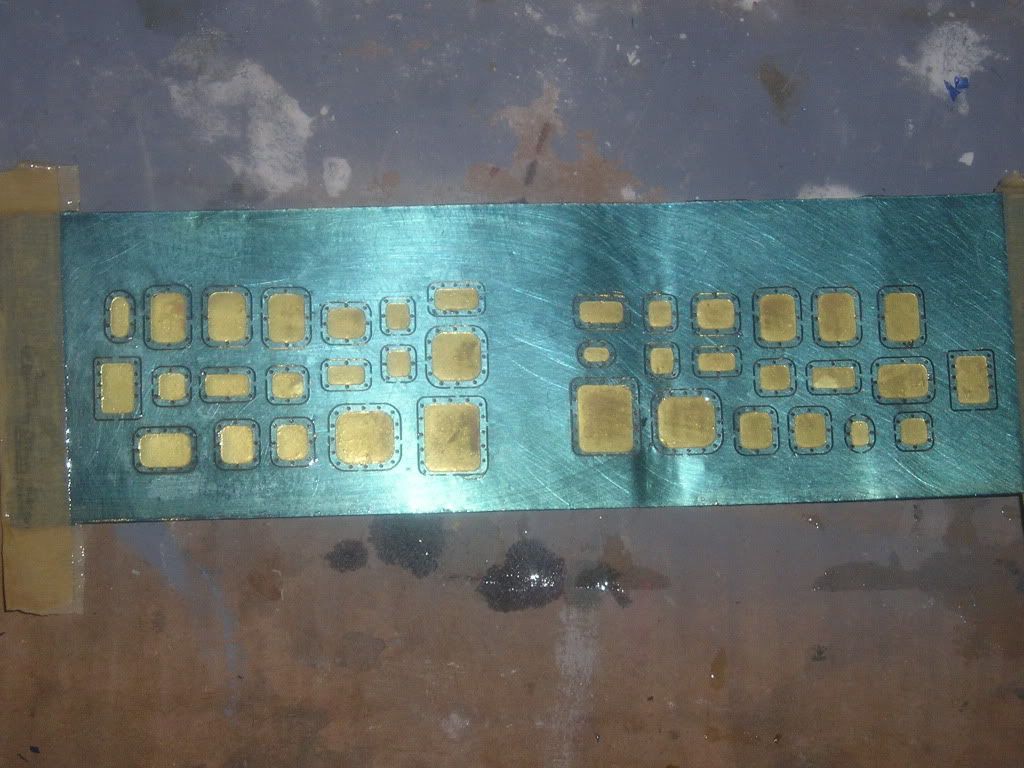
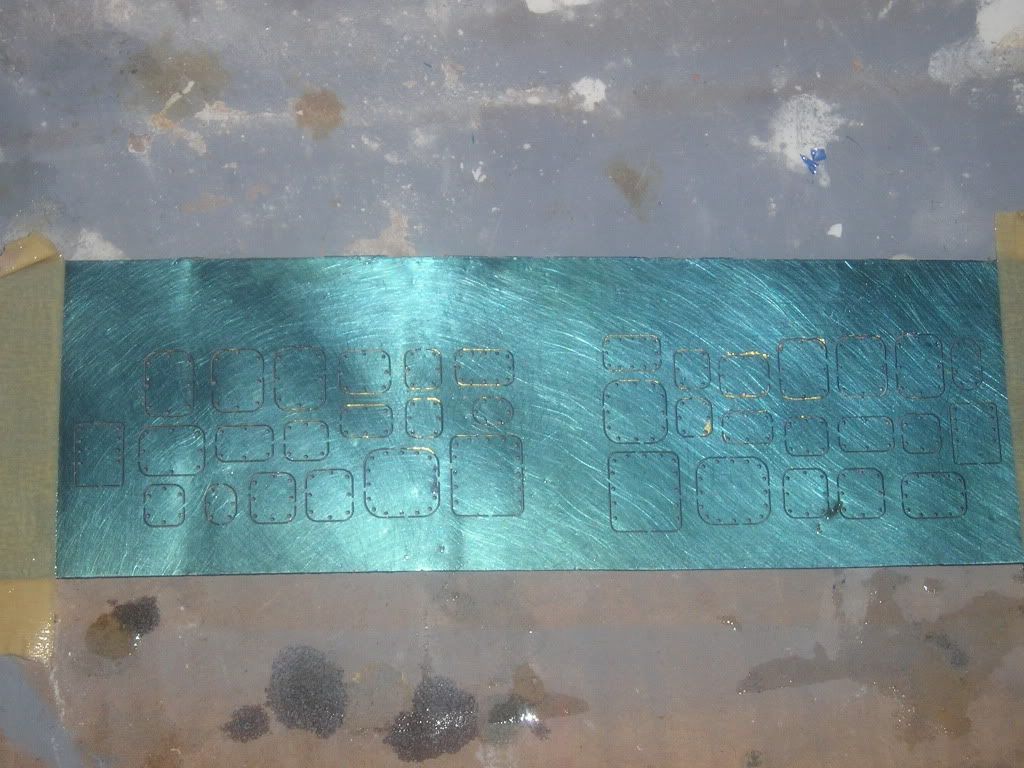
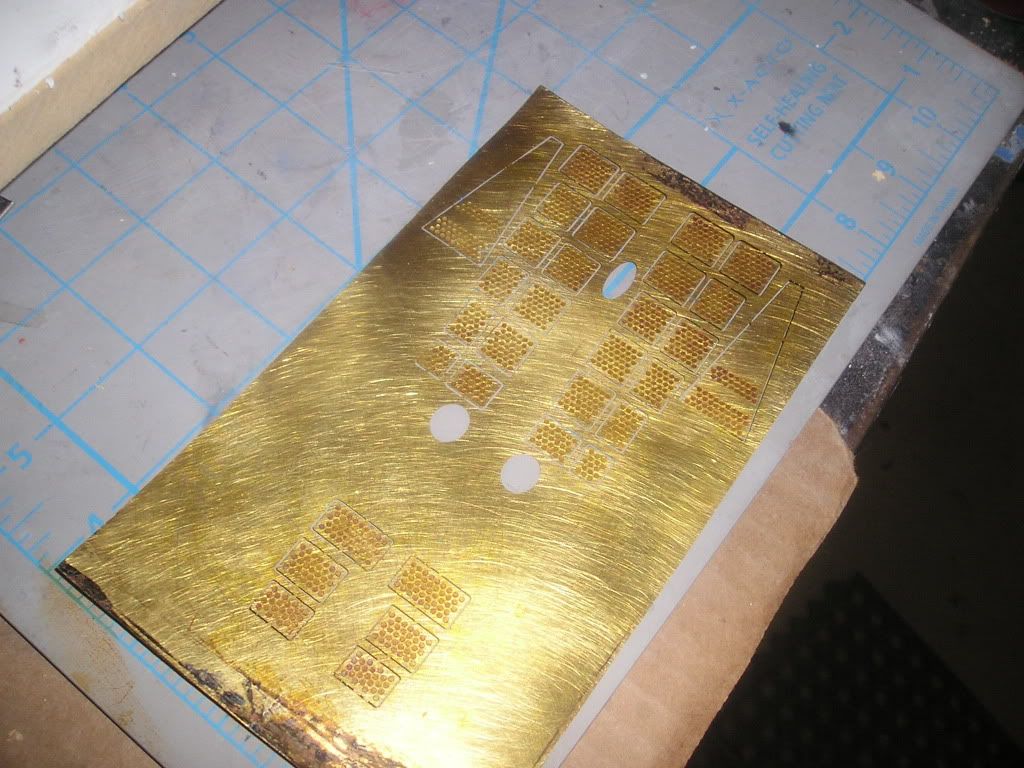
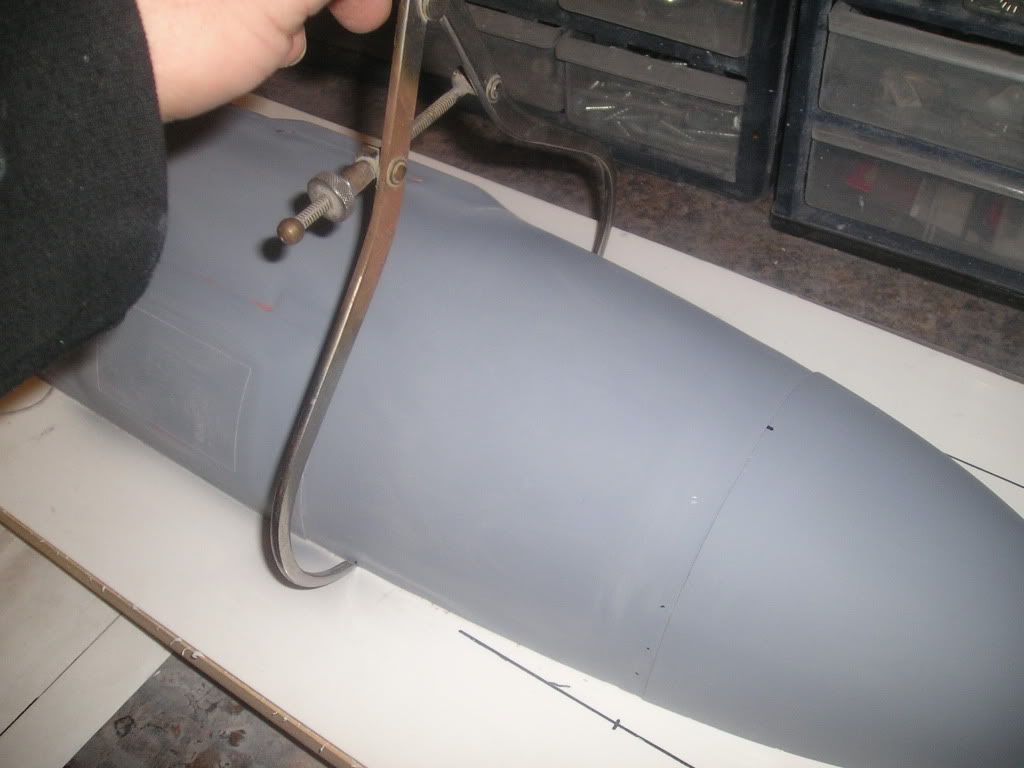
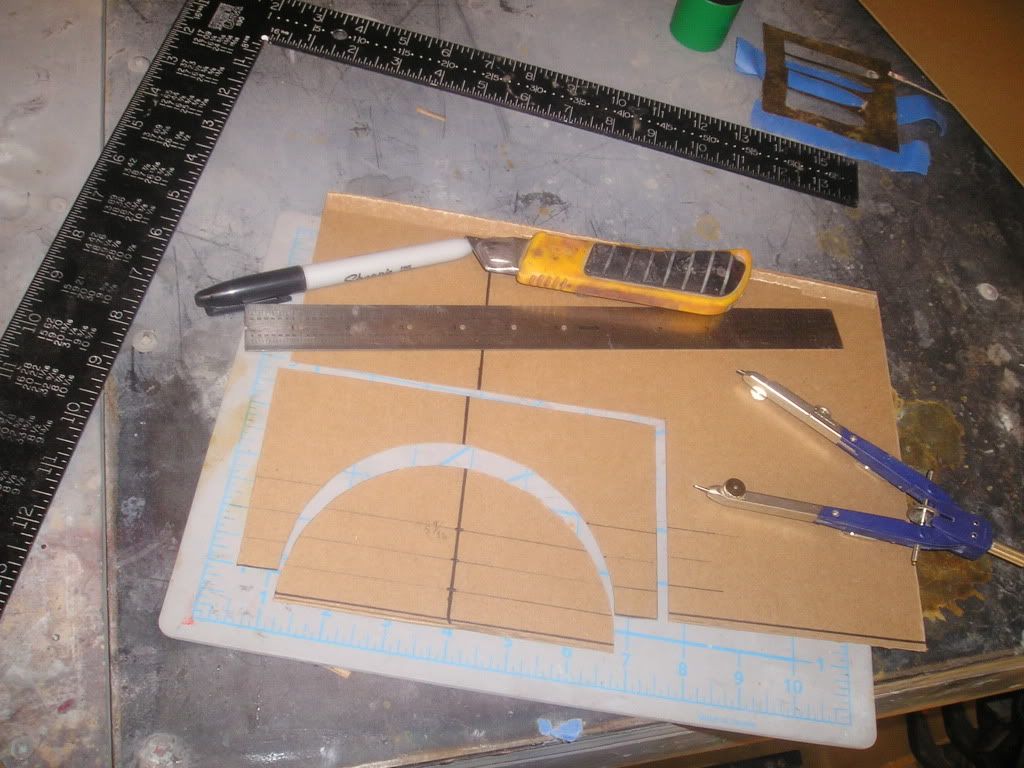
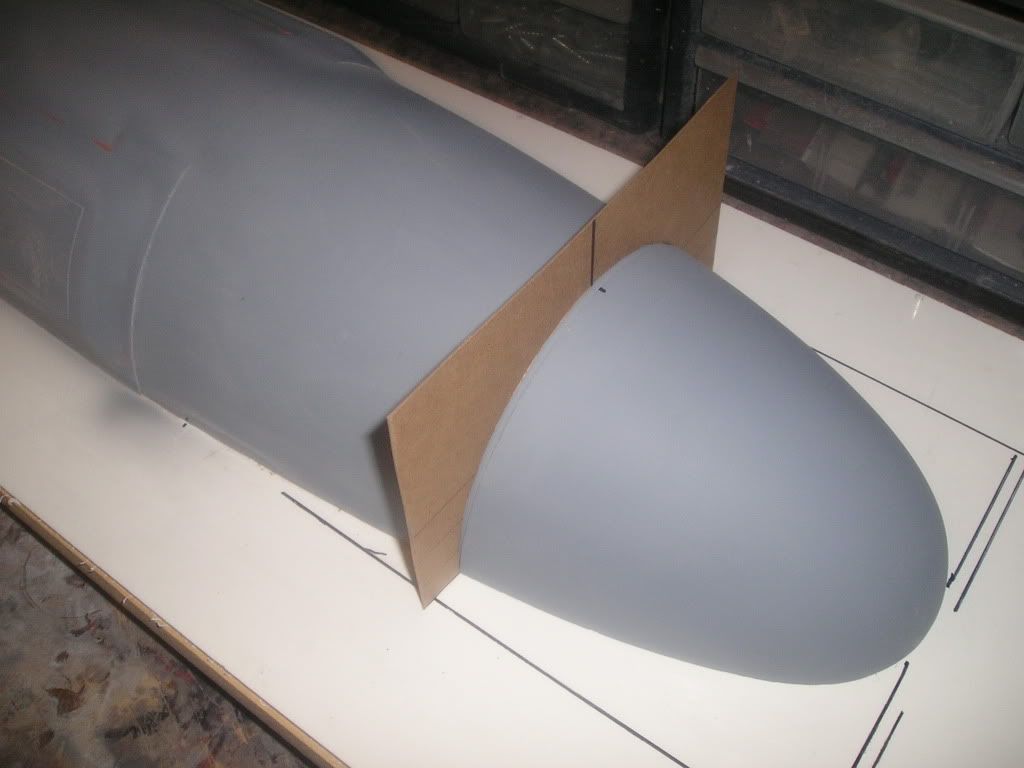
Comment